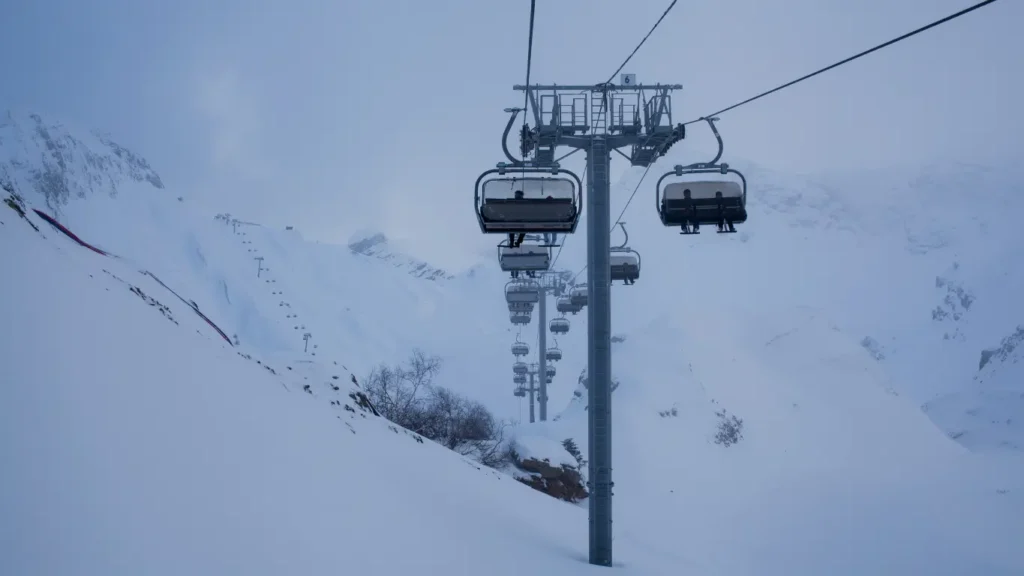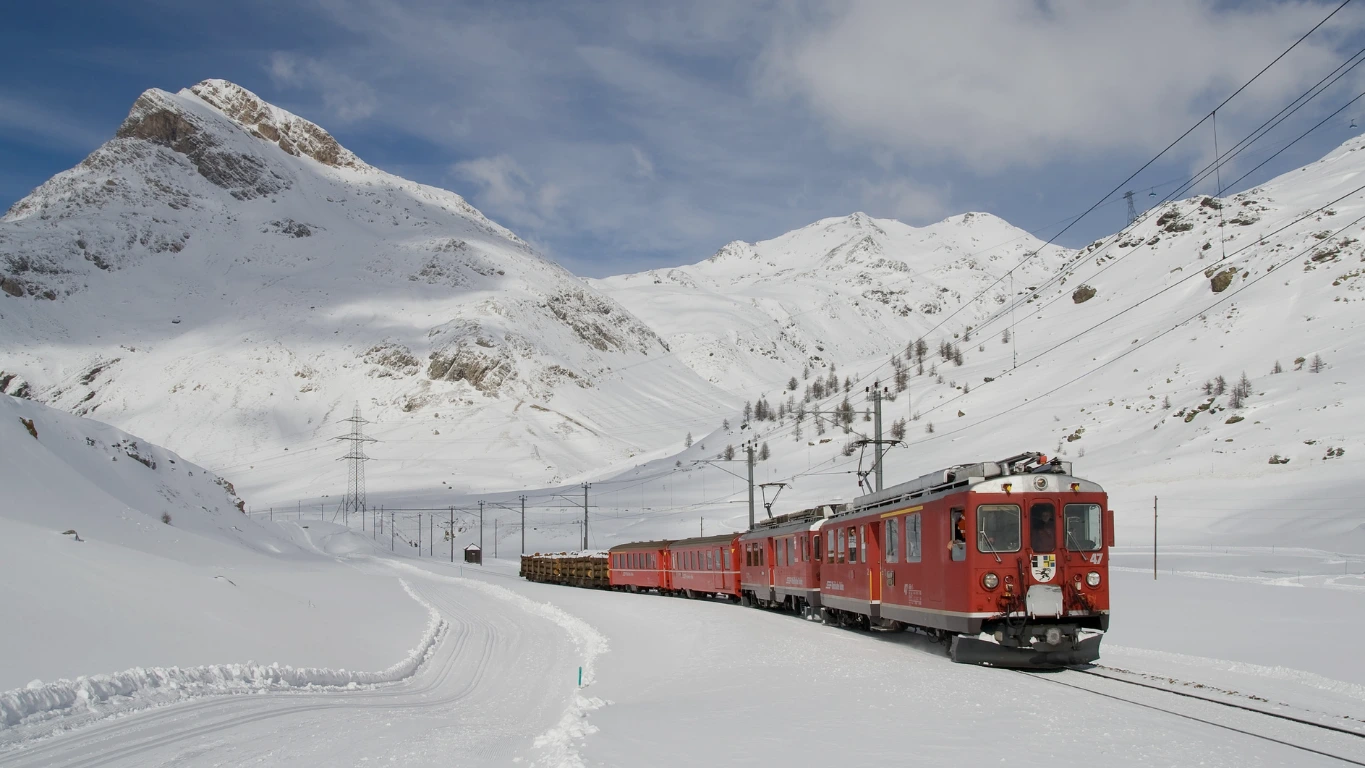
The Parvatmala project, launched in 2022, is a significant initiative by the Indian government to improve connectivity in hilly regions through ropeway systems, focusing on sustainability and tourism. This blog explores its key developments, including the Kedarnath ropeway project and Hemkunt Sahib ropeway, while addressing related queries like distances, temple opening dates, and travel planning from an Indian perspective.
Project Details and Developments
The Parvatmala project aims to develop ropeway systems in states like Uttarakhand, enhancing access to pilgrimage sites. The Kedarnath ropeway, connecting Gaurikund to Kedarnath over 9.7 km, is expected to reduce travel time to 28 minutes by 2025. Similarly, the Hemkunt Sahib ropeway, spanning 12.4 km from Govindghat, will cut travel time to 45 minutes.
Recent government approval for the ropeway from Sonprayag to Kedarnath, granted on October 16, 2022, by the NBWL, marks a significant milestone. This project, with an estimated cost over Rs 1,200 crore, aims to benefit pilgrims by reducing the current 16 km trek to a 60-minute journey, enhancing accessibility and safety.
Travel and Location Information
For distances, the road distance from Amritsar to Hemkunt Sahib is about 717 km, and from Delhi to Hemkunt Sahib, it’s around 518 km. The Kedarnath temple, expected to open on May 2, 2025, at 6:20 AM, is in Rudraprayag district, Uttarakhand, while Badrinath is in Chamoli district. Visiting Kedarnath from Delhi currently involves a flight/train to Dehradun/Haridwar, then bus/taxi to Gaurikund, and a trek, with the future ropeway simplifying this journey.
Survey Note: Comprehensive Analysis of the Parvatmala Project and Related Queries
The Parvatmala project, officially termed the National Ropeways Development Programme, was announced in the Union Budget for 2022-23 by Union Finance Minister Nirmala Sitharaman. It aims to revolutionize connectivity in India’s hilly regions, particularly in ecologically sensitive areas where conventional road construction is challenging. This initiative, taken up on a Public-Private Partnership (PPP) mode, is designed to provide an efficient, safe, and sustainable alternative to traditional roads, focusing on improving connectivity, convenience for commuters, and promoting tourism.
Overview of the Parvatmala Project
The Parvatmala project seeks to develop ropeway systems across states like Uttarakhand, Himachal Pradesh, Manipur, Jammu & Kashmir, and the North Eastern states. It is seen as a preferred ecologically sustainable option, reducing land acquisition costs and environmental impact compared to extensive road networks. The Ministry of Road Transport and Highways (MORTH) is responsible for its development, research, and policy formulation, with an initial announcement of awarding contracts for 8 ropeway projects covering 60 km in 2022-23 Parvatmala-An efficient and safe alternate transport network. By December 2022, states had proposed 256 ropeway projects, with Uttarakhand submitting 49, reflecting strong regional interest Parvatmala Scheme Gets Overwhelming Response, States Submit 256 Ropeway Projects For Central Support.
Focus on Uttarakhand: Kedarnath and Hemkunt Sahib Ropeway Projects
Uttarakhand, with its challenging terrain and significant pilgrimage sites, is a focal point for the Parvatmala project. Two major developments are the Kedarnath ropeway project and the Hemkunt Sahib ropeway project, both part of the broader initiative to enhance accessibility to sacred sites.
- Kedarnath Ropeway Project: This project involves constructing a 9.7 km ropeway from Gaurikund to Kedarnath, at an altitude of 3,583 meters above sea level, using Tri-cable Detachable Gondola (3S) technology. The foundation stone was laid by Prime Minister Narendra Modi in October 2022, with an estimated cost of Rs 1,026.44 crore PM Modi, In Kedarnath, Lays Foundation For Mega Ropeway Project. The National Board for Wildlife (NBWL) approved it in October 2022, aiming to reduce the current 16 km trek, which takes several hours, to a 28-minute journey Wildlife board nod to Kedarnath ropeway project | India News. This will significantly benefit pilgrims, especially the elderly, by making the journey less physically demanding.
However, recent developments indicate an expansion of the project scope. On October 16, 2022, the NBWL granted approval for a ropeway from Sonprayag to Kedarnath, with an estimated cost over Rs 1,200 crore, reducing travel time to 60 minutes and enhancing accessibility Kedarnath Ropeway Latest Updates – Reach Kedarnath in 60 minutes with Ropeway. This approval marks a significant step, with expected completion by 2025, aligning with the Parvatmala project’s timeline.
- Hemkunt Sahib Ropeway Project: Spanning 12.4 km from Govindghat to Hemkunt Sahib, this project is estimated at Rs 942.24 crore. The foundation stone was also laid in October 2022, with the ropeway expected to reduce travel time from a day-long trek to about 45 minutes Gurdwara Hemkund Sahib ropeway to cut travel time to 45 minutes. It is proposed in two phases, with Phase 1 from Ghangaria to Hemkunt Sahib, enhancing access for Sikh pilgrims visiting this high-altitude gurudwara at 4,633 meters.
Both projects are anticipated to be operational by 2025, aligning with the Parvatmala project’s timeline, and are expected to boost tourism and local economies by making these sites more accessible.
Distances and Travel Planning
For pilgrims and tourists planning their journeys, understanding distances is crucial. The road distance from Amritsar to Hemkunt Sahib is approximately 717 km, taking about 12 hours and 28 minutes by car, while from Delhi to Hemkunt Sahib, it’s around 518 km, typically taking about 10-12 hours depending on road conditions Distance & Driving Directions From Amritsar to Hemkund Sahib and duration, Map of Amritsar and Hemkund Sahib, Delhi to Hemkund Sahib Distance | Distance From Delhi to Hemkund Sahib. These distances highlight the need for efficient transport solutions like the proposed ropeways.
Kedarnath Temple Opening and Location
The Kedarnath temple, part of the Char Dham Yatra, is expected to open on May 2, 2025, at 6:20 AM, based on recent announcements, though exact dates are determined by astrological calculations and announced during Maha Shivratri Kedarnath Yatra Opening & Closing Dates – Chardham Yatra 2025. It typically remains open from April-May to November, closing for the winter due to heavy snowfall. Kedarnath is located in the Rudraprayag district of Uttarakhand, while Badrinath, another significant site, is in the Chamoli district, both nestled in the Garhwal Himalayas, known for their spiritual and scenic allure Kedarnath Temple Opening and Closing Dates 2025.
Visiting Kedarnath from Delhi
Currently, visiting Kedarnath from Delhi involves multiple steps: flying or taking a train to Dehradun (238 km from Kedarnath) or Haridwar (about 216 km via Rishikesh), then a bus or taxi to Gaurikund, followed by a 16 km trek to the temple, which can take 6-7 hours Kedarnath Travel Guide 2025 – Kedarnath Dham Yatra Updates, Travel Tips. With the Parvatmala project’s Kedarnath ropeway, future travelers will benefit from a quicker, less strenuous cable car ride, potentially transforming the pilgrimage experience by reducing physical strain and travel time.
Comparative Analysis of Travel Modes
To illustrate the impact, here’s a table comparing current and future travel options for Kedarnath:
| Route | Current Mode | Travel Time | Future Mode (Ropeway) | Travel Time |
|---|---|---|---|---|
| Delhi to Kedarnath | Flight/Train + Bus + Trek | 12-14 hours | Flight/Train + Bus + Ropeway | ~8-10 hours |
| Gaurikund to Kedarnath | Trek | 6-7 hours | Ropeway | 28 minutes |
For Hemkunt Sahib, the current trek from Govindghat takes a day, while the ropeway will reduce it to 45 minutes, significantly easing the journey for pilgrims, especially given the high altitude and challenging terrain.
Broader Implications and Future Outlook
The Parvatmala project not only addresses logistical challenges but also aligns with India’s push for sustainable development. By reducing reliance on roads, it minimizes environmental degradation, a critical concern in Uttarakhand’s fragile ecosystems. It also promises economic benefits, with increased tourism potentially boosting local businesses and creating jobs, as noted by Union Minister Nitin Gadkari Parvatmala Scheme.
However, challenges remain, such as ensuring timely completion and addressing environmental concerns during construction, especially given the NBWL approvals for projects like Kedarnath. The project’s success will depend on effective PPP implementation and stakeholder collaboration, making it a topic of ongoing interest for policymakers and the public.
In conclusion, the Parvatmala project, with its focus on ropeway connectivity, is set to redefine travel in Uttarakhand’s hills, making sacred sites like Kedarnath and Hemkunt Sahib more accessible while preserving their natural beauty. For pilgrims and tourists, this means easier journeys, shorter travel times, and a deeper connection with these spiritual landscapes.

